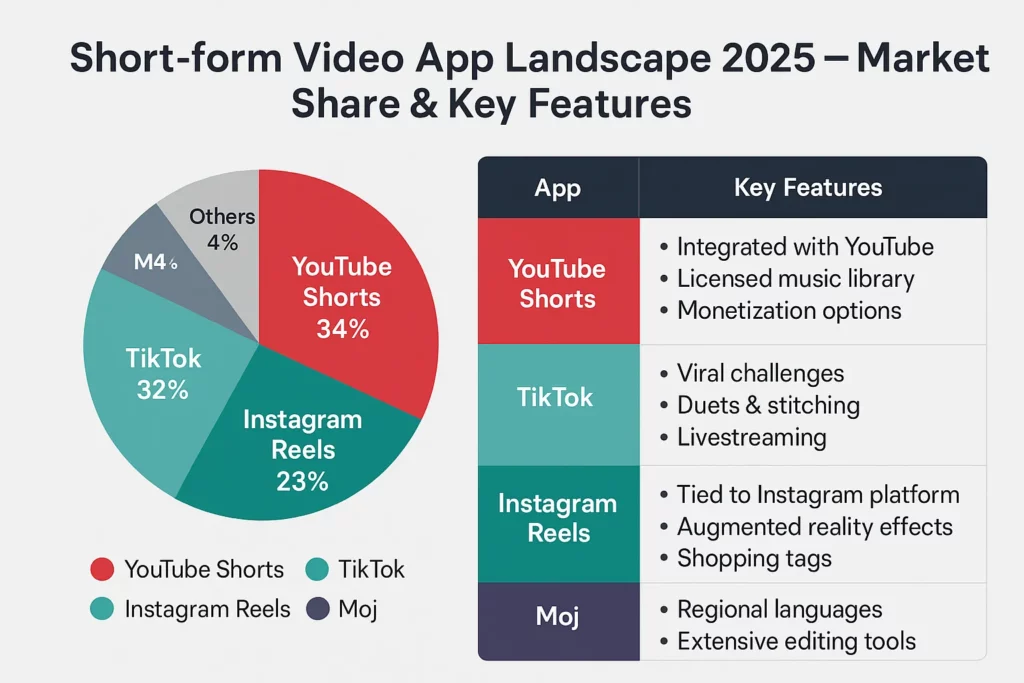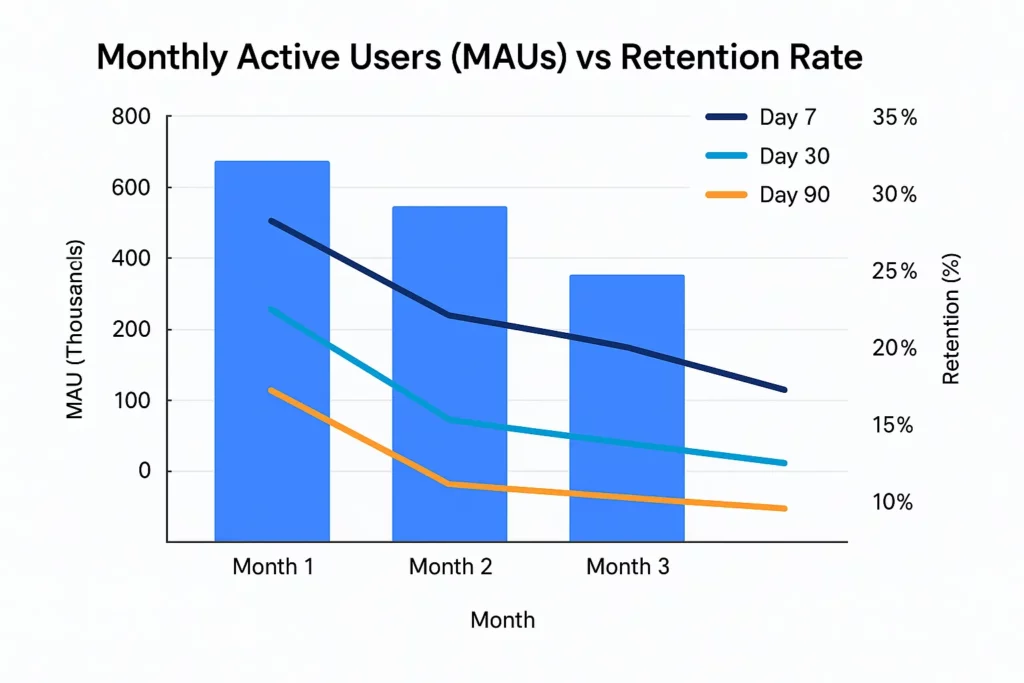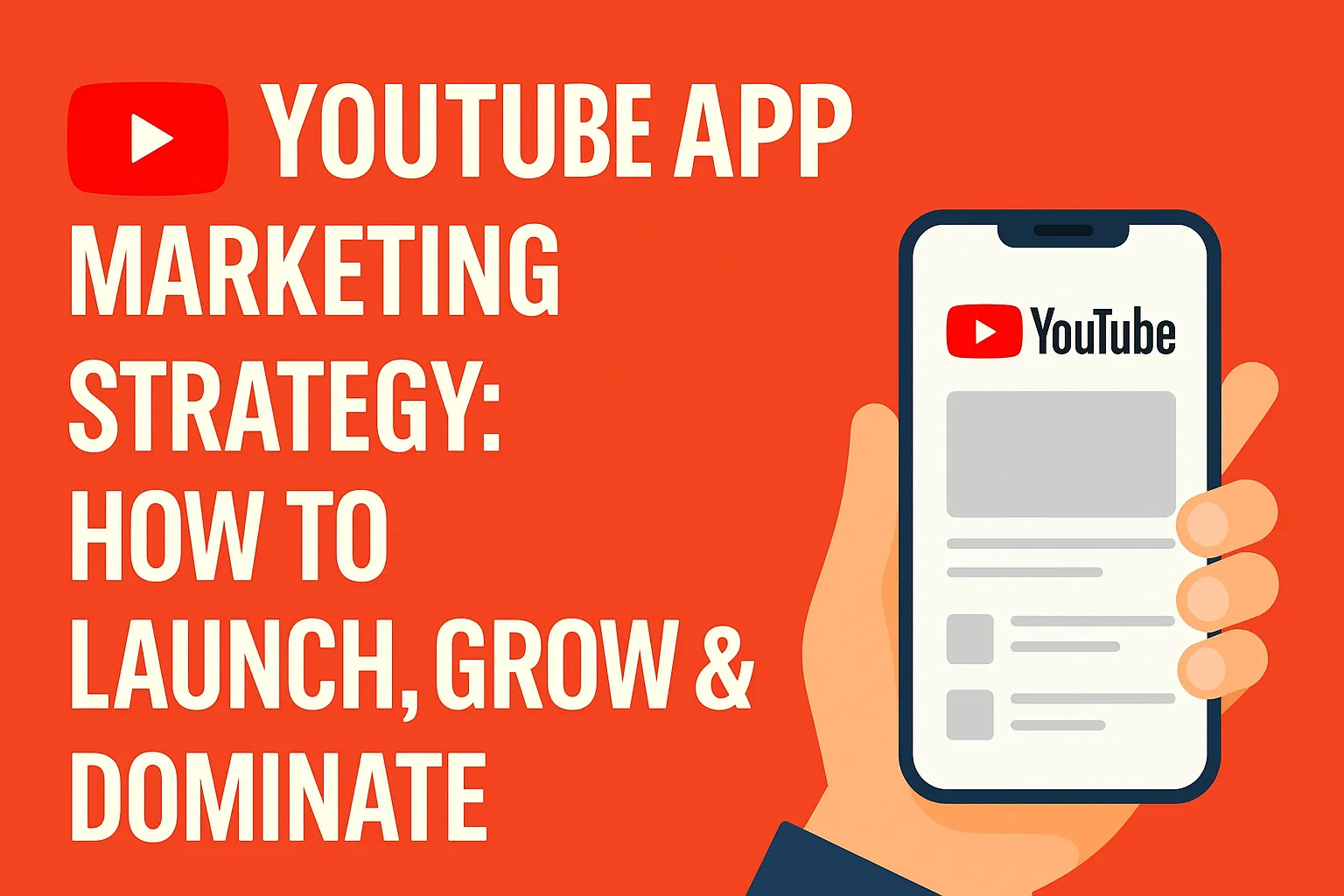So, you’ve built a killer YouTube clone app. The UI’s clean, the shorts are snappy, and your filters? Chef’s kiss. But after launch, it’s crickets. Your user count is stuck, the uploads are sluggish, and your app feels like a ghost town in a cowboy movie.
Trust us—it’s not your tech. It’s your marketing strategy. Or more likely, the lack of one.
Whether you’re an indie creator launching a niche video platform for mobile etc, or a startup founder dreaming of the next Moj or Roposo, this blog will unpack how to get your YouTube-style app noticed, downloaded, and adored. Because building is only half the battle. Growing? That’s where the game really begins.
At Miracuves, we specialize in clone app development that goes beyond code—delivering speed, scale, and strategy to help you take your video app from zero to hero.

Understanding the Landscape: It’s Not Just YouTube Anymore
YouTube might be the OG, but the playing field’s a little crowded now, right?
- TikTok rewrote the rules on virality.
- Instagram Reels owns the influencer economy.
- ShareChat and Moj cater to vernacular audiences across India.
- Rumble and Odysee aim for decentralization and creator-first models.
So, your YouTube clone app doesn’t just need features—it needs focus. Ask yourself:
- Are you targeting regional creators?
- Do you cater to educational content, gaming, or vlogs?
- Is your edge in creator payouts, monetization, or freedom of speech?
Build your marketing narrative around a specific niche. You can’t out-YouTube YouTube, but you can outdo them in something.
Learn More: Maximize Profits: Monetizing Your YouTube Clone – Proven Tips in 2024
Core Pillars of a Winning YouTube App Marketing Strategy
1. Pre-Launch: Build Hype Before You Even Exist
Think of this as your red carpet rollout. Would Marvel drop a new Avengers movie without trailers?
a. Create FOMO
- Use teaser videos, sneak peeks, or “mystery influencer” campaigns on Instagram and X (Twitter).
- Start a landing page with email capture—offer early access or swag.
b. Start the Community
- Set up Discord, Telegram, or Reddit channels early.
- Engage early adopters—give them behind-the-scenes content or voting rights on app features.
c. Influencer Seeding
- Identify micro-influencers in your niche (not just big YouTubers).
- Give them beta access and co-create content with them.
Learn More: Pre-launch vs Post-launch Marketing for YouTube Clone Startups
2. Launch: Make a Scene (Not Just a Tweet)
Your launch should feel like an event—not a soft whisper into the algorithm void.
a. Go Live with a “Challenge”
Remember the Ice Bucket Challenge? Create your own. Doesn’t need to go viral globally—just within your niche.
b. App Store Optimization (ASO)
- Use terms like: short video app, vlog app, YouTube alternative, free creator app
- Screenshots should highlight: Upload speed, Monetization, Privacy controls, Filters
c. Press & PR
- Reach out to TechCrunch, YourStory, or ProductHunt for coverage.
- Position your launch as solving a problem, not as “just another YouTube clone.”
3. Post-Launch: Retention is Sexy
Acquisition is expensive. Retention is ROI.
a. Push Notifications that Don’t Suck
- Avoid: “Check out our latest update!”
- Use: “New rap battles trending in your feed. Don’t miss this drop.”
b. Weekly Creator Spotlights
Gamify attention. Let users vote on who gets featured on the homepage each week.
c. Dynamic Hashtag Trends
Build hashtag challenges, regional trends, or event-based filters—keep content fresh and seasonal.
4. Monetization Messaging: Show Creators the Money
Many creators are burned out from YouTube’s changing policies and TikTok’s tiny payouts.
If your app offers:
- Tipping
- Brand Sponsorship Matching
- NFT-based content ownership
- Ad Revenue Share
…you’d better shout it from the rooftops (and your onboarding screen).
Case Study Inspiration:
Moj attracted over 100,000 creators by offering cash rewards and consistent payouts. You can replicate this on a smaller, more focused scale.
5. Scale Like a Short
a. Regional Expansion
Start hyperlocal—target Tier 2 and Tier 3 cities before trying to “go global.”
b. Translate UI + Filters
Localization = love. Add vernacular languages, local music, regional hashtag prompts.
c. Partner with Telecoms or Data Wallets
Bundle your app in prepaid SIM cards or offer zero-data usage perks.
6. Analytics, Iteration, and Creator Feedback Loops
Use tools like:
- Firebase Analytics
- Amplitude
- Hotjar (for heatmaps)
Track:
- Time spent per session
- Drop-off points during uploads
- Most-used filters or hashtags
And don’t forget old-school feedback—build a “Suggest a Feature” button for creators. Make them feel heard.
Want to develop your own YouTube-style app? Learn more about our Youtube Clone App solutions.

Conclusion
AI-generated avatars, real-time subtitles, monetized live-streaming, and even creator DAOs are on the horizon.
But none of that matters if you don’t nail the basics—community, content, consistency.
At Miracuves, we help innovators launch high-performance app clones that are fast, scalable, and monetization-ready. Ready to turn your idea into reality? Let’s build together.
FAQs
How is marketing a YouTube clone different from TikTok?
While both are video-centric, YouTube-style apps typically offer longer content and focus more on evergreen discovery. Your marketing must lean into value-per-view and creator tools.
Should I invest in SEO for a video app?
Yes! Blog content around creators, app tutorials, or trending challenges can drive massive traffic. SEO isn’t just for text anymore—embed videos, use schema, and get indexed.
How do I attract creators to my new platform?
Money talks—but so does exposure. Offer better payouts, creator features, and a chance to stand out in a smaller pool. Highlight these benefits in every outreach.
Is ASO really that important?
Absolutely. Most users still discover apps via App Store search. Strong keywords, clear descriptions, and stellar visuals boost downloads significantly.
Can I market my app only via influencers?
Influencers help, but don’t put all your eggs in that basket. Layer it with ASO, content marketing, referral bonuses, and paid social.
What’s a good Day-30 retention rate?
Aim for 25%+, but it depends on your niche. For creator-focused platforms, strong retention means your app has staying power.








